
Shortening is an odd ingredient. It’s used in countless ways, including baking, fried foods, and even frosting. Yet, many people don’t even know what the ingredient is, much less how to find substitutes for shortening.
That means we first need to talk about shortening itself. Interestingly, the word shortening technically refers to solid fat used in baking. This includes the vegetable shortening you buy from the store, along with butter, lard, and other similar fats.
The term comes from how solid fat results in the formation of shorter gluten strands, making the dough less elastic and changing its texture. In other words, the fat is ‘shortening’ the gluten. Shortening helps make cakes tender and moist, pastries flaky, and frosting smooth and stable.
Today, we’re sticking with the modern version of shortening – the shelf-stable vegetable fat. This is the type found from brands like Crisco (in the United States) and Trex (in the UK). As a result, the best substitutes for shortening include other solid fats, like coconut oil, lard, butter, and margarine. Other less expected ingredients may also be used, such as vegetable oil and even applesauce.
The best substitute will depend on your needs. Are you looking for a minimally processed ingredient, something that’s still suitable for vegans, or the ingredient that acts the most like shortening? Whatever your needs, there’s an ingredient out there for you.
Substitutes For Shortening
Coconut Oil

Coconut oil has many features that make it perfect instead of shortening. First, it’s generally solid at room temperature, so it has the same texture effects as shortening and you can work with it in the same way.
The oil is also minimally processed (particularly if you avoid refined coconut oil). This is powerful, as vegetable shortening has been highly processed and chemically manipulated to make it solid at room temperature.
Crisco and similar products have changed their techniques in recent years, so there aren’t any concerning trans fats. But, such changes may come with health risks of their own. It’s often safer to stick with minimally processed ingredients. That way, you know exactly what you’re getting.
Finally, coconut oil is vegetarian friendly. This is valuable too, as many other shortening alternatives come from animals.
Still, coconut oil does have a distinct coconut flavor. The flavor works well in some recipes and poorly in others.
Finally, there are debates about the health effects. Some people see coconut oil as being healthy, as it contains medium chain triglycerides (MCTs), which have been linked to some interesting benefits. Others are concerned by coconut oil instead, as it is high in saturated fat.
Lard

If you don’t mind animal products, then lard is the single best substitute for shortening. For that matter, lard was the traditional type of shortening, long before processed vegetable oil became popular.
Additionally, the melting point and moisture content of lard is similar to shortening. This means that the two ingredients give you a very similar texture.
The biggest issue is flavor. While shortening is largely flavorless, lard has a noticeable pork-like flavor. This flavor is delicious in many savory dishes, like pot pies, biscuits, and cornbread. However, it doesn’t work well with sweet or delicate foods, like cakes and cookies.
Because lard is rendered from animal fat, it isn’t suitable for vegetarians or vegans.
Bacon Grease

Bacon grease is another delicious option to consider. This is another solid fat, so it behaves just like lard in your recipes. The best approach is to render bacon grease by slowly cooking the bacon to separate the fat and the meat.
You can also use bacon drippings from your pan as a shortening substitute. This fat may have a stronger flavor than rendered bacon grease, but it still works well instead of shortening.
The flavor of bacon grease means you’ll want to stick with savory dishes rather than sweet ones. Also think about whether the bacon flavor will make your baking or meal taste better. If not, look for a more neutral type of fat instead.
Other Animal Fats

Other types of animal fat are solid at room temperature as well, including duck fat, suet, and beef tallow. These products will all work as shortening substitutes, with many of the same properties.
Once again, the main issue is flavor. This makes such animal fats best in savory baking and for frying. They will taste strange in most sweet treats.
Butter

Butter is commonly used instead of shortening, partly because butter is already used frequently in baking, so many people have some on hand. You’ll typically use butter as a 1:1 replacement for shortening, so there aren’t even any quantity differences to worry about.
Like lard and other animal fats, butter does have a distinctive flavor. However, this is generally a desirable flavor, one that works well in most recipes. You might even find that your baking tastes better with butter.
However, butter is roughly 80% fat and 20% water, while shortening is 100% fat. This difference means that butter can make your baking more moist and change the texture a little. Additionally, baking made with shortening is often softer than the same recipe made with butter.
That makes sense, doesn’t it? After all, butter is much softer than shortening at room temperature. This is also why frosting made with butter is less resilient to temperature changes than frosting made with shortening.
Using butter may lead to other texture changes. The exact effect varies depending on the recipe and the other ingredients. After all, baking is a complex process. Even changing a single ingredient can have multiple effects on your final product.
Clarified Butter

Clarified butter, including ghee, can be an even better choice than butter. It still gives you the same delicious flavor, but the moisture content is lower, which helps with the texture of your baking.
You can use a 1:1 replacement here too and should see fewer texture effects than with butter. That said, ghee has a distinct buttery flavor, so it will still change the taste of your food.
Margarine

Margarine seems like an obvious choice, given it is made from similar ingredients as shortening and goes through some similar chemical processes. And, indeed, margarine can work in many cases. You can even use it as a 1:1 replacement.
That said, the effects vary depending on the type of margarine you choose, as the fat content varies considerably. The best options are the high fat versions, which are typically sold as sticks, rather than in tubs. Products with around 11 grams of fat per tablespoon are a good place to begin.
The most helpful thing about margarine is that it’s generally dairy free. This makes it an excellent option if you’re trying to avoid animal-based ingredients. That said, it’s important to check the ingredients label, as some margarine products do contain milk-derived ingredients.
Vegan Butter

Vegan butter is a dairy free vegetable-based product that’s a lot like margarine. One difference is the texture, as vegan butter is often firmer than margarine. Some products will also focus on natural ingredients and limited processing, which could make them healthier than margarine.
The effect on your recipes will vary based on the texture of the vegan butter and the ingredients it uses. If the fat content is much lower than shortening, you might need to adjust other ingredient quantities to make the substitution work.
Vegetable Oil

While solid fats are most powerful as shortening substitutes, liquids like vegetable oil have their place too. This is true for products labeled as vegetable oil, along with other highly refined oils like canola oil, soybean oil, and rapeseed oil. These oils are all flavorless, which makes them perfect in sweet and savory applications.
However, because vegetable oil is a liquid, there are some differences in your finished product. For example, cakes and icing generally turn out well with vegetable oil, but cakes may be a little denser and icing might be softer.
Pastries don’t turn out nearly as well because shortening is responsible for the flaky layers. You’ll need to use a solid fat to get that flakiness.
Avocado Oil

If you don’t want to use a refined oil, you could try avocado oil instead. The effect is similar to vegetable oil, making avocado oil most relevant for cakes and icing. You can also use avocado oil for frying, especially if you choose refined avocado oil, as this has a high smoke point.
Avocado oil is also surprisingly versatile because its flavor is so mild. You might not even notice the flavor in some recipes.
That said, it’s important to choose high quality avocado oil. Low quality products are sometimes processed or stored poorly, which can lead to a slight bitter flavor.
Olive Oil

Olive oil is another interesting choice. It’s most relevant if you’re looking for a healthy oil, given that olive oil is minimally processed and packed with healthy plant-based compounds.
The trickiest thing here is the flavor, as this can be intense and won’t work with all recipes. You can get around this by choosing a light or more refined olive oil. However, such oils mightn’t offer all the same health benefits.
You can actually fry with olive oil as well. This works because the smoke point is higher than you might expect and the fats resist oxidation at high temperatures.
Applesauce

Most shortening substitutes are types of fat, but you can sometimes use an alternative ingredient, like applesauce. Doing so works best in recipes like banana bread, carrot cake, muffins, and the like, as these have a strong focus on moisture.
Because applesauce is very different from shortening, it leads to differences in your baking, including a denser texture, increased moisture, and more sweetness.
A ratio of ¾ cup of applesauce for every cup of shortening in your recipe is a good place to begin. Don’t be afraid to experiment, as the ideal amount of applesauce will vary from recipe to recipe.
Needless to say, this substitution won’t work in pastries, frying, or many other applications.
If you want to keep applesauce on hand for when you need it, try freezing some. It freezes surprisingly well, as do apples themselves.
Mashed Bananas

Mashed bananas work in a similar way to applesauce. This means you can use them in moist recipes, like quick breads, but not in recipes that are designed to be flaky or that specifically need fat.
The biggest challenge is the flavor, given that bananas have quite a strong and distinctive taste. You’ll need to think about how the taste of bananas will work with the rest of your ingredients.
Prune Butter

Finally, we have prune butter – which is really just pureed prunes. Like applesauce and mashed bananas, prune butter adds moisture, sweetness, and flavor into your recipe.
The flavor can be quite intense here, making prunes only suitable for some recipes. Still, the idea is worth experimenting with. You could try the same thing with other types of fruit puree as well.
Healthier Shortening Products

Finally, it’s worth mentioning that there are healthier shortening substitutes like Nutiva Organic Shortening, which is made from coconut oil and red palm. Such products are simply a different type of shortening, rather than a substitute.
Still, products like this get around some of the issues we’ve been talking about, as they behave exactly like regular shortening in baking and are often flavorless. Plus, such products often focus on better ingredients and less processing, so they should be healthier than regular shortening.
Which Shortening Substitutes Are Right For You?
Best Shortening Substitute For Baking
Butter works well in most recipes, partly because it’s solid and partly because it tastes delicious. Just remember to adjust for the extra moisture. You can also try ghee, which has less moisture and some of the same flavor notes.
Many of the other substitutes we’ve highlighted will work too, as long as your baking doesn’t rely on flakiness. For delicate pastries and similar products, butter and lard are the most reliable substitutes. Others simply don’t work as well.
Best Shortening Substitute For Cakes
Cakes are more forgiving than pastries, giving you plenty of options for substitutions. You can even use fruit purees for many cakes, which add moisture and help to cut down the fat content.
Best Shortening Substitute For Frying
You have plenty of options when it comes to frying. Vegetable oil is the most obvious choice, as it has a neutral flavor and a high smoke point. However, you could also use any of the animal-based fats or another type of oil.
Best Shortening Substitute For Frosting
Because frosting uses few ingredients, any substitution will have noticeable impacts. Butter is a popular choice here, although your frosting will become more sensitive to temperature.
If your frosting is likely to sit out for a while, margarine or coconut oil are better choices. Frosting made using one of these should be fine when it gets warm (but mightn’t taste as good as frosting made using butter).
Vegan Shortening Alternatives
Coconut oil is the best vegan option for texture, but may add a noticeable coconut flavor to your recipes. There’s also vegan butter or dairy-free margarine, both of which are solid at room temperature and work well in many recipes.
Low Fat Shortening Alternatives
Most of the ingredients we’ve discussed contain a decent amount of fat, as fat is what gives shortening its properties. Applesauce, mashed banana, and other fruit purees are your best option for cutting down fat. However, they only work in a handful of situations.
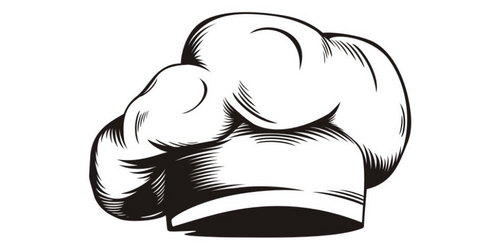
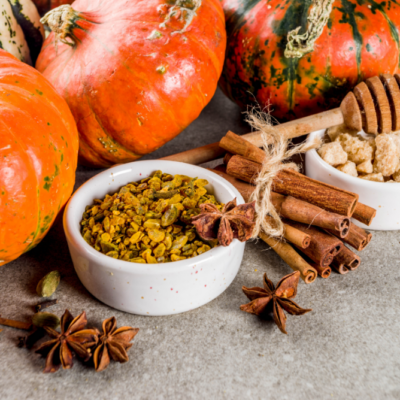






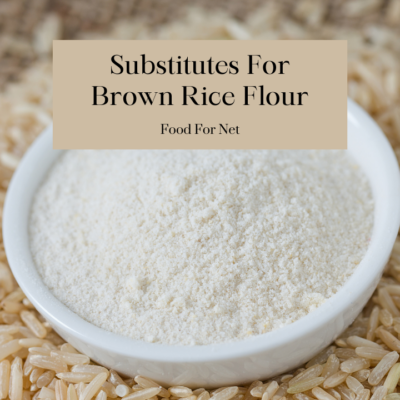
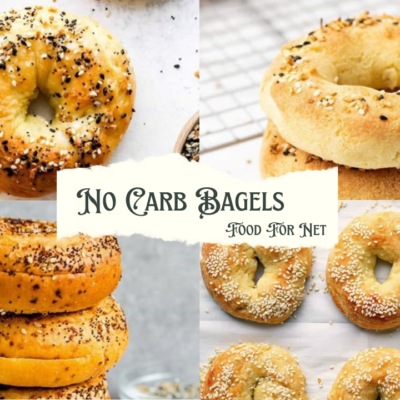
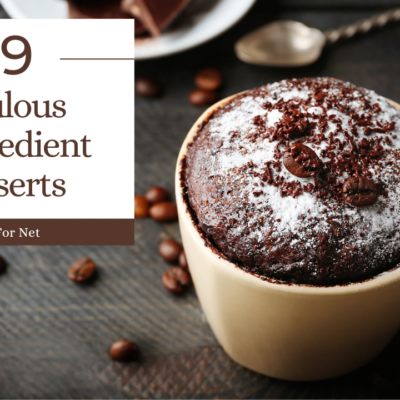


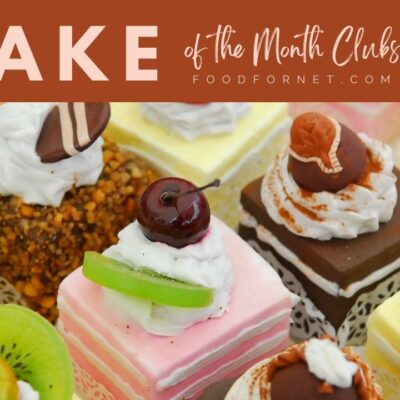

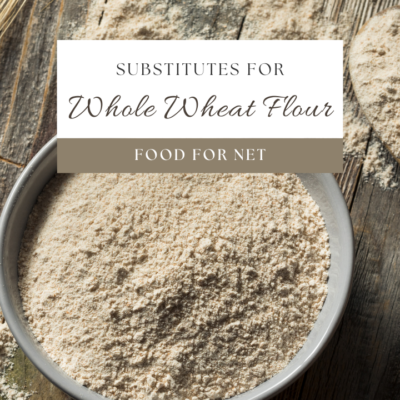
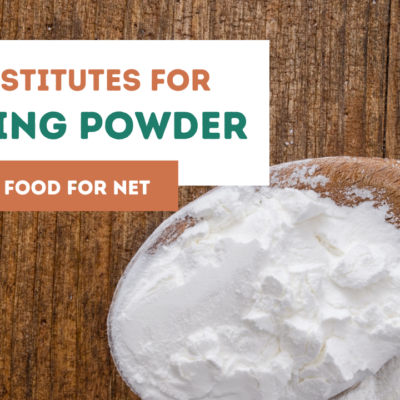
 Can You Eat Chayote Raw?
Can You Eat Chayote Raw?